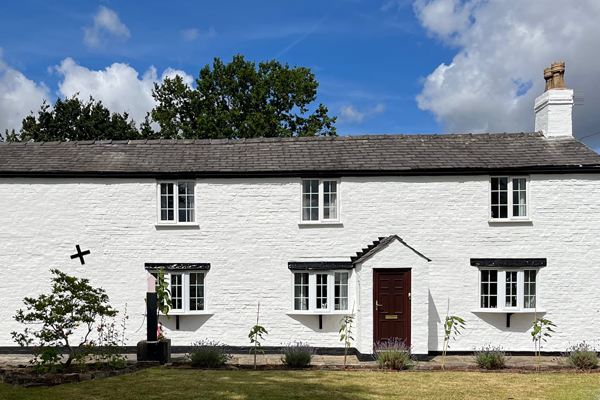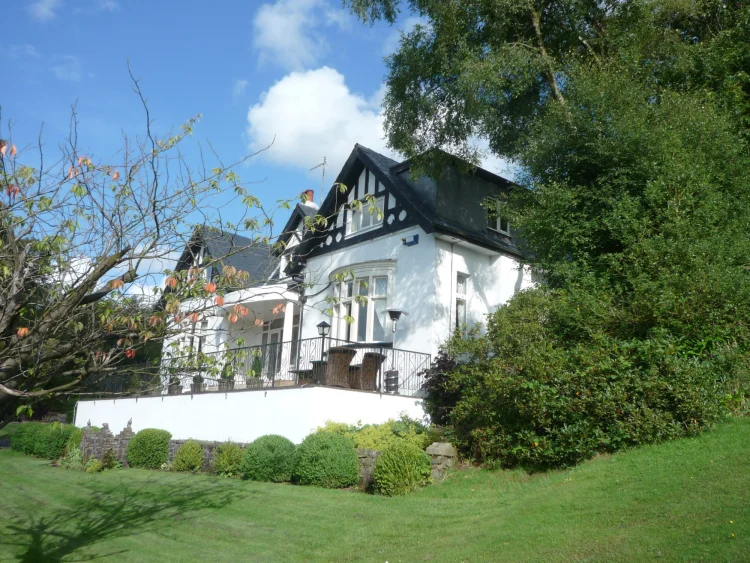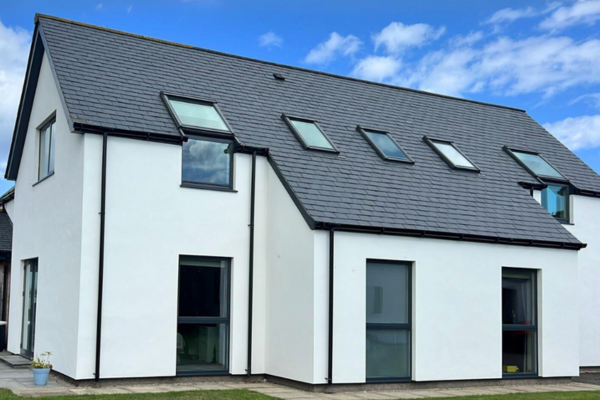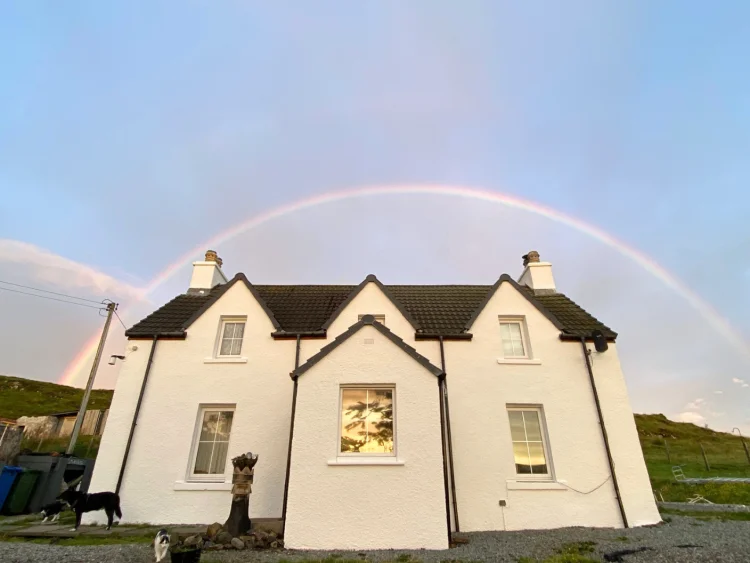Independent testing
How breathability is tested
Breathability is crucial for your home, so understanding how it can be tested and measured is important for anyone carrying out a project.
Allowing your home to breathe
‘Breathability‘ refers to how easily water vapour can pass through the pores of a material, allowing moisture to escape rather than becoming trapped inside. If the natural breathability of building materials such as masonry walls is not maintained, this trapped moisture can lead to damp, poorer energy efficiency, mould and damage to interior and exterior walls.
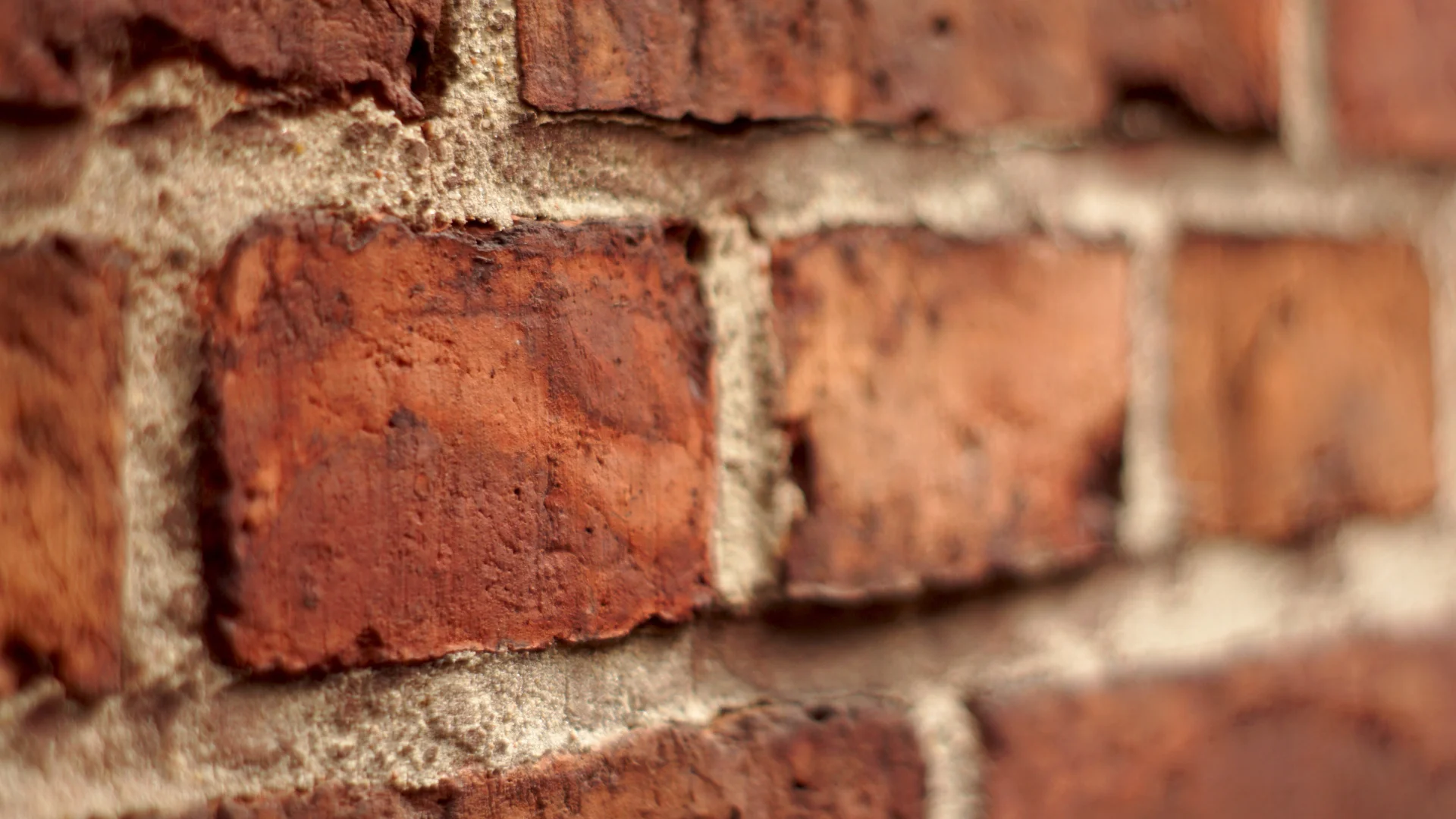
How is breathability tested?
Breathability can be measured and tested through a water vapour permeability test called the ‘cup method’ to the BS EN ISO 7783:2011 Quality Standard. This ISO 7783 standard is a specific method for determining the water-vapour transmission properties of coatings of paints, varnishes and related products.
The test involves applying a product to a sample brick substrate, with another sample uncoated. These samples are used to measure the breathability level of unweathered substrates. In order to identify the breathability level of a weathered substrate, this is repeated with samples that are then subjected to an accelerated weathering equivalent to 25 years.
The samples are stored in an environmental chamber controlled at a specific temperature and then weighed to three decimal places at specific time intervals. The rate of mass change, combined with the test area and conditions, allows for the calculation of breathability level (SD value).
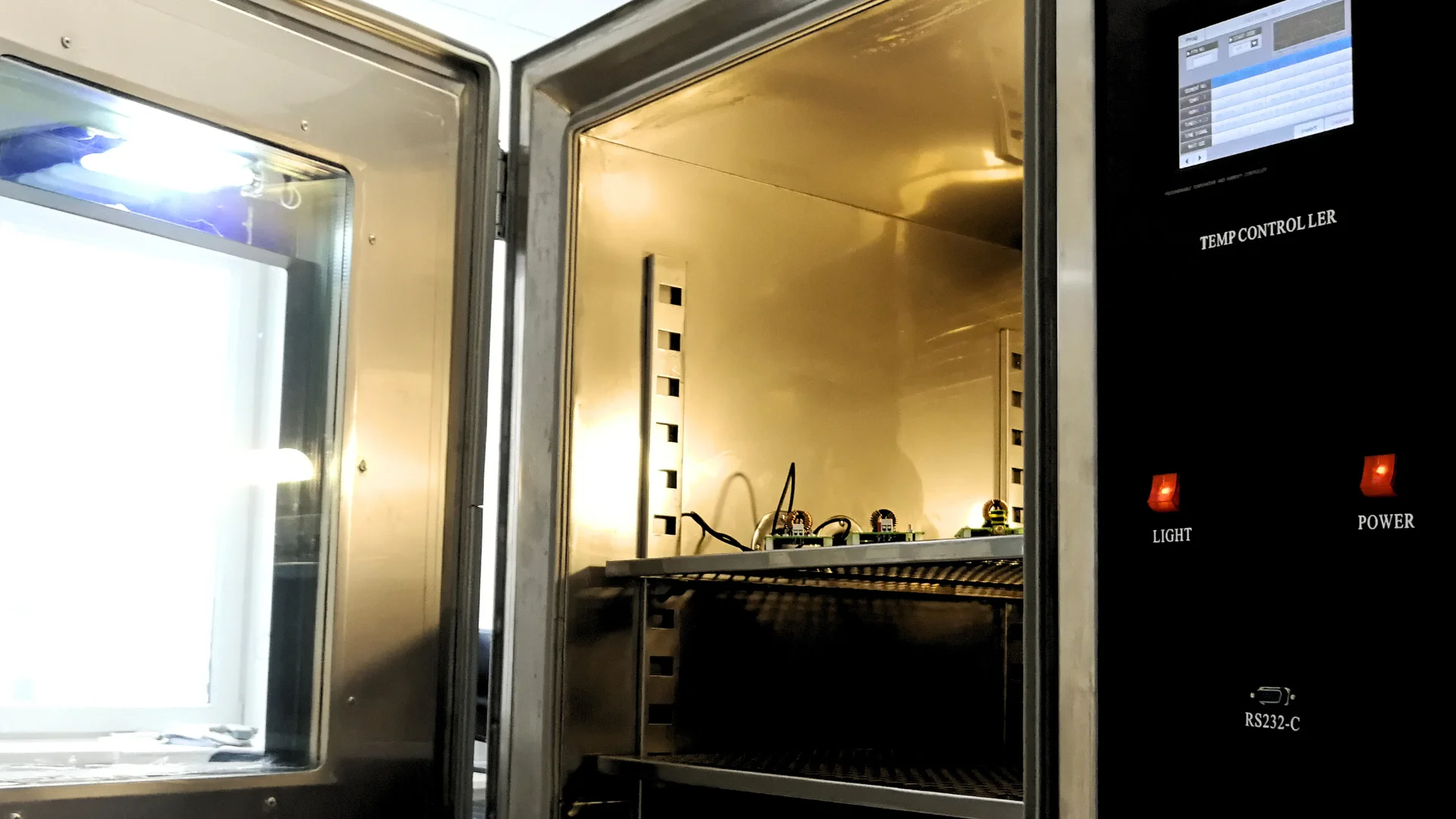
Understanding SD values
SD values are simple – the lower the SD value, the higher the breathability. There is no specific number that identifies whether a paint is breathable or not. If a paint allows some level of moisture vapour to pass through its surface, it can in theory be labelled ‘breathable’.
A paint is often considered ‘breathable’ if it has an SD value of below 0.5 by British standards, however many paints, sealers and coatings in the UK today do not openly declare their SD value.
This lack of transparency is why we declare the SD value of all of our paints and treatments. After all, this is the only way you can be sure you know how breathable a paint is before you apply it to your house
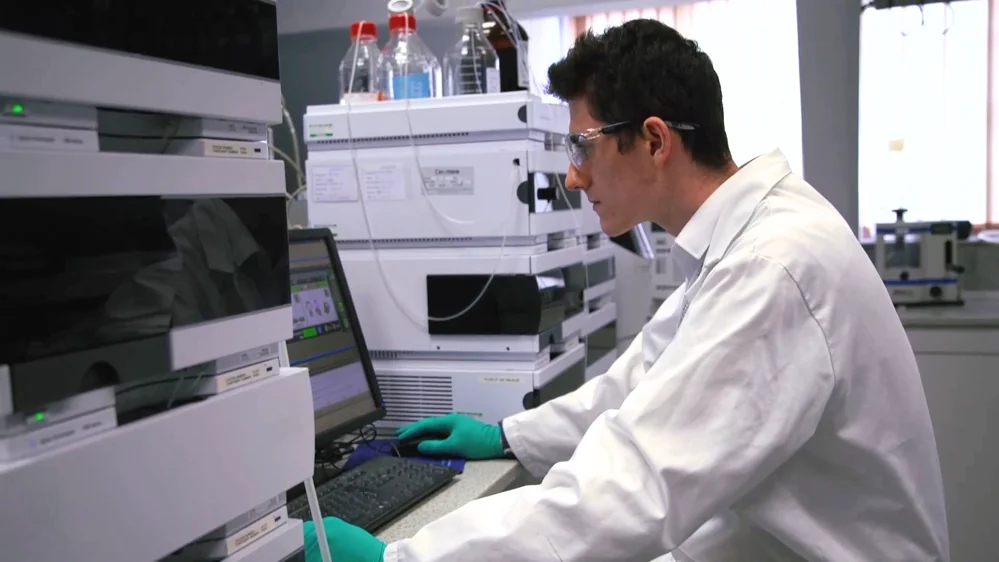
Breathability breakdown
On completion of independent UKAS accredited testing both Emperor Masonry Paint and Emperor Masonry Creme were found to have SD values below 0.03, on par with the exceptional breathability of limewash. This SD value was consistent both on pre-weathered and weathered samples, demonstrating the SD value across the lifecycle of the paint.
In contrast, many standard masonry paints and sealer products do not disclose their breathability SD values.
.
| Paint Type | SD Breathability Value |
|---|---|
| Standard masonry paint | ? |
| Brick sealers | ? |
| Limewash | < 0.1 |
| Emperor Masonry Paint | 0.03 |
| Emperor Masonry Creme | 0.01 |
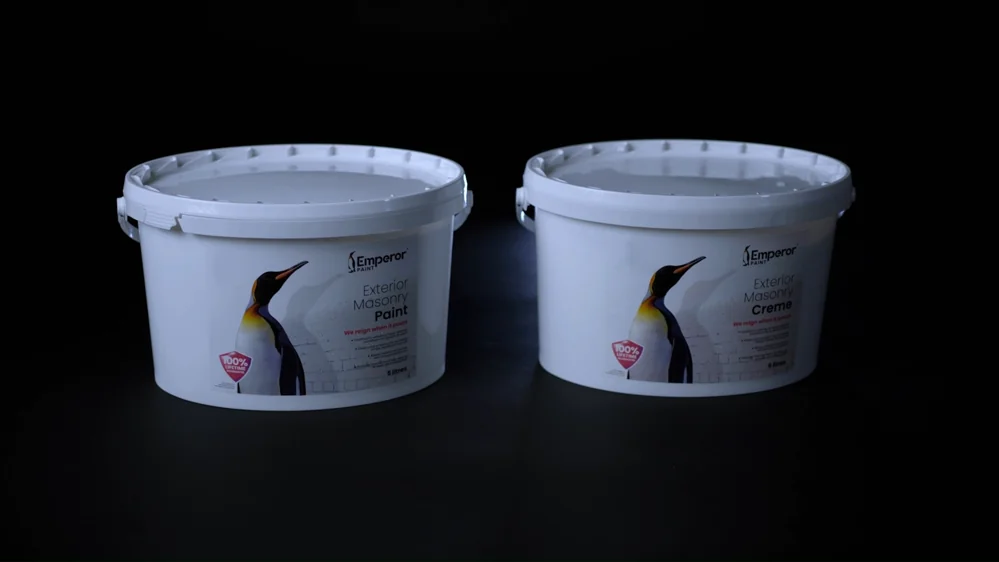
Explore breathability
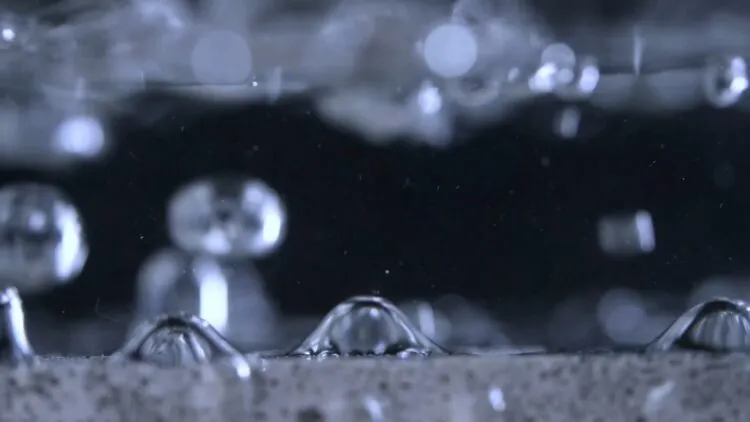
Breathability Explained
Discover more about breathability, how important it is for your house and how you can ensure your home can naturally breathe.
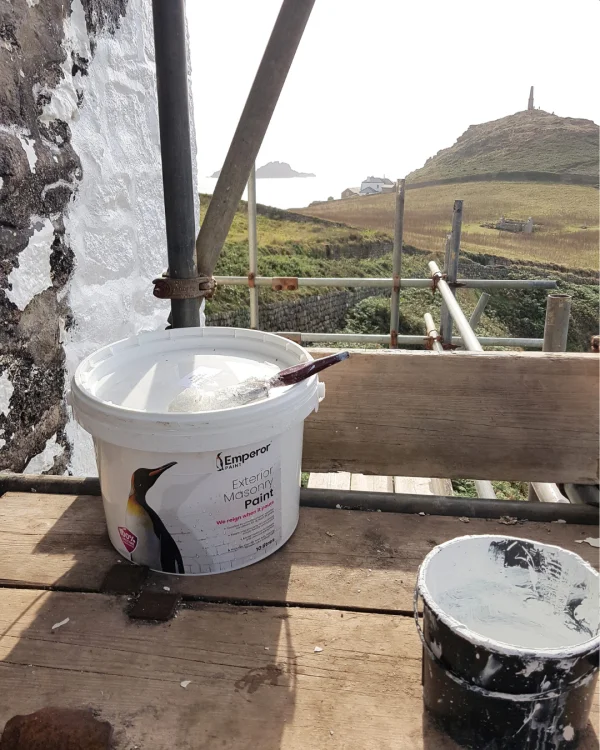
How Can Paint Breathe & Repel Water?
Many believe a paint can’t do both, but Emperor Paint proves otherwise. Learn how our nano-technology provides the best of both worlds.
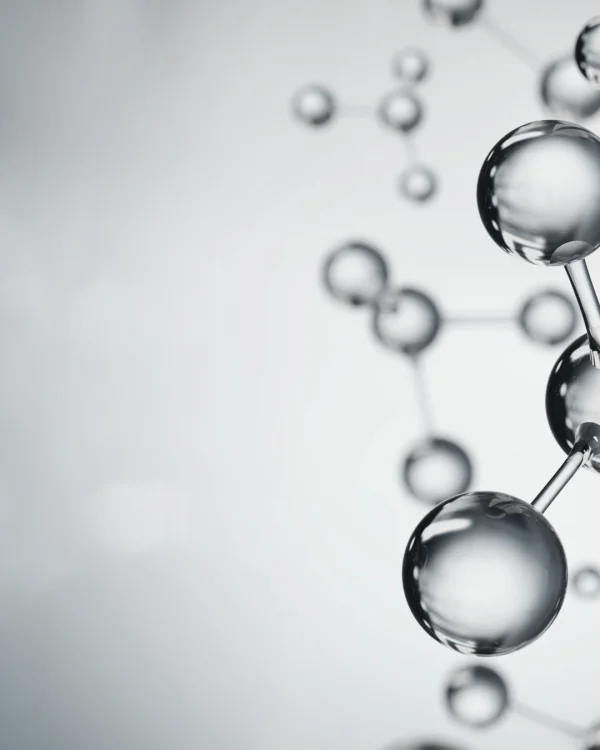
The Science of Breathability
Discover how breathability works and the cutting-edge science behind how our highly breathable formulation breathes.
We're here to help
Our dedicated team are on hand to help you no matter what the problem is.
You can get in touch with us by emailing [email protected], calling 01254 936121 or by chatting to us on Whatsapp.


